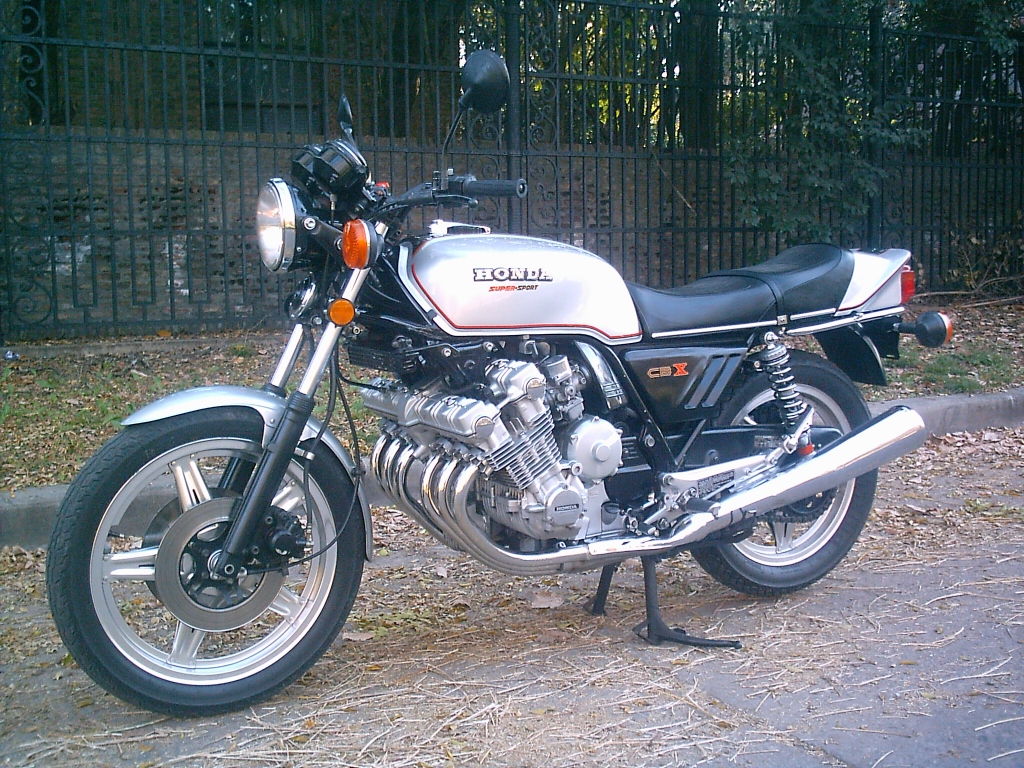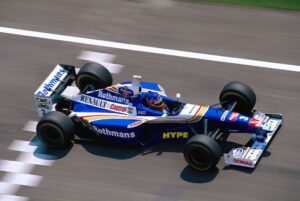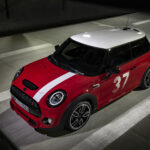When you think of engines that sound like monstrous screams, you might immediately picture the F1 cars of the past with their high-revving V12s and V10s. However, it turns out that this is not always the case. Today, let’s discover why the CBX is such a unique motorcycle.
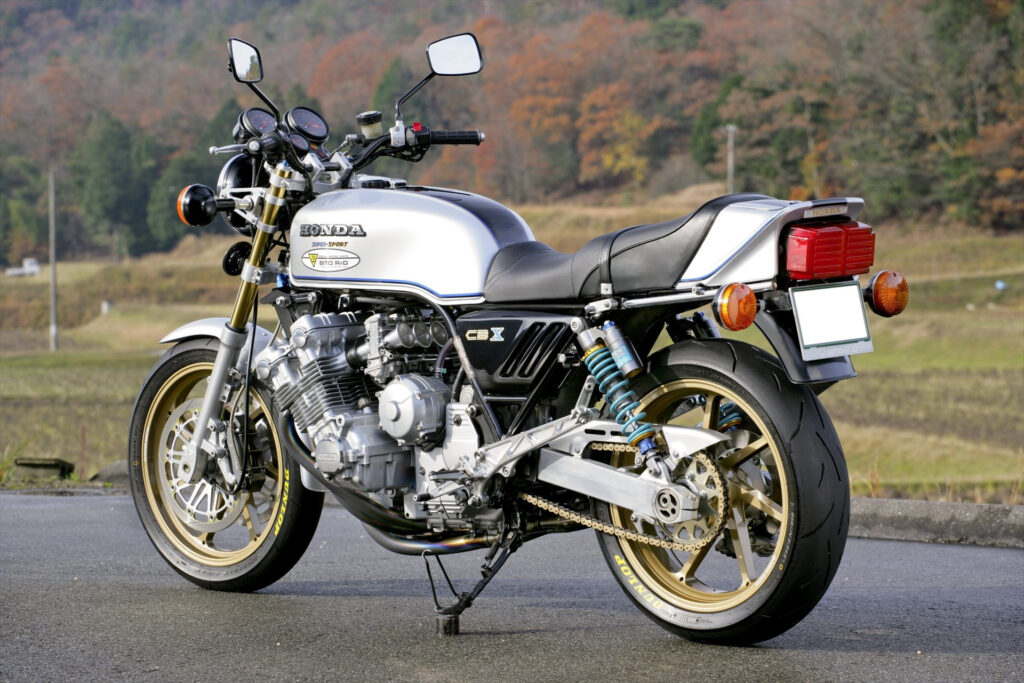
After the extremely successful launch of the CB 750, Honda found themselves in a similar situation almost a decade later. Other Japanese manufacturers were beginning to catch up & the CB 750 was no longer the most unique sport-bike available. Honda once again found themselves in need of a solution & this time around, the company needed to do something even more revolutionary.
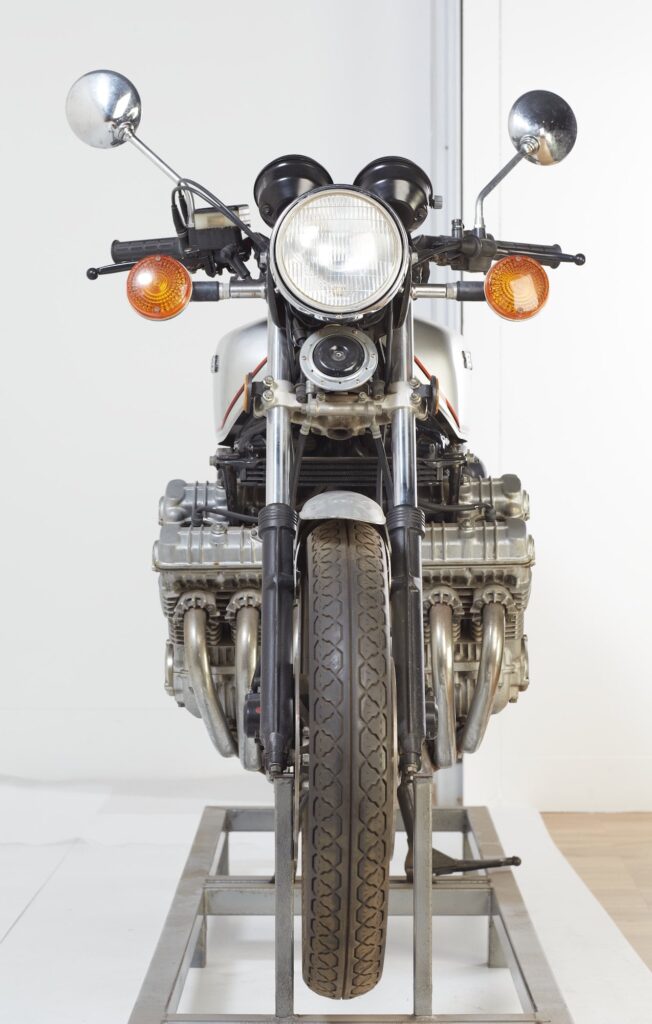
The CBX was the answer to the ‘bigger, quicker & faster’ requirement of the market during that time. Suffice it to say that the CBX not only met these requirements but surpassed them effortlessly, leaving the public in awe at its time of launch.
Another head-scratcher came in the form of the magnificent exhaust note; which sounded like an F1 race car at full chat. There were no strict emissions & sound norms back then, so even the stock setup produced a mesmerizing aural note.
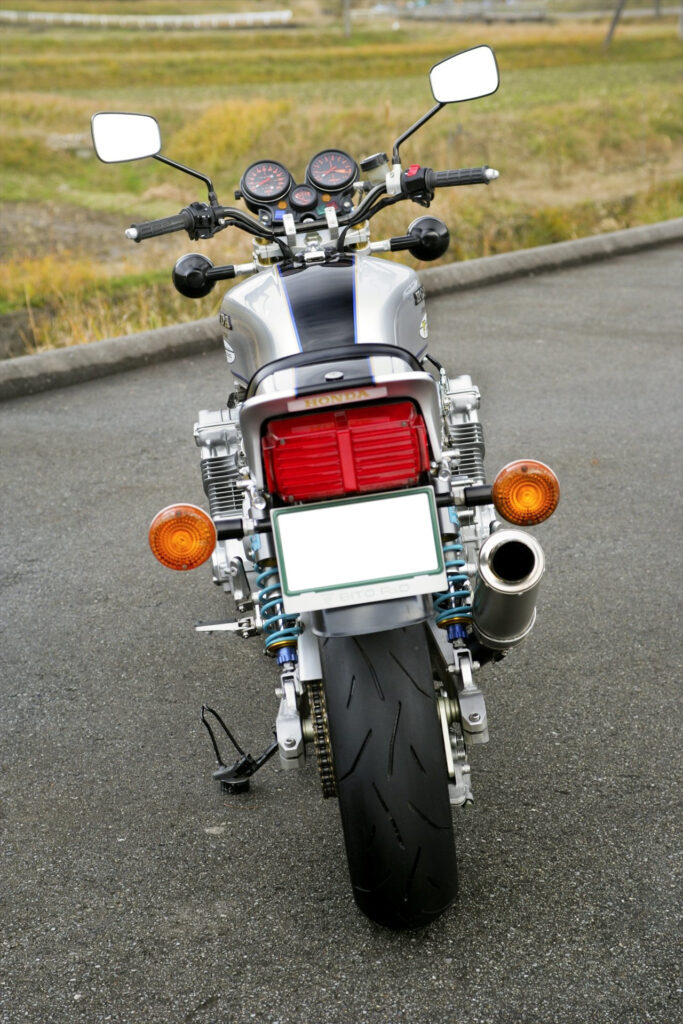
A DOHC 1047cc inline-6 engine with 24 valves & 6 Keihin carburettors enabled the bike to produce 105 HP @ 9,000 RPM and 71 N-m of torque @ 6,500 RPM.
But since the engine was too long (to go parallel), it was placed perpendicular to the bike. So, the bike was a bit wide, to say the least; though it maintained its overall proportions quite well & it was not any wider than the rider’s legs, so it did not look awkward. Unusual? Yes.
(adsbygoogle = window.adsbygoogle || []).push({});It weighed 274 Kg (kerb) wet & ready to ride (that’s what she said), but despite the flab it managed to achieve top speeds of up to 220 km/h & was known to do the 1/4 Mile run in under 12 seconds.
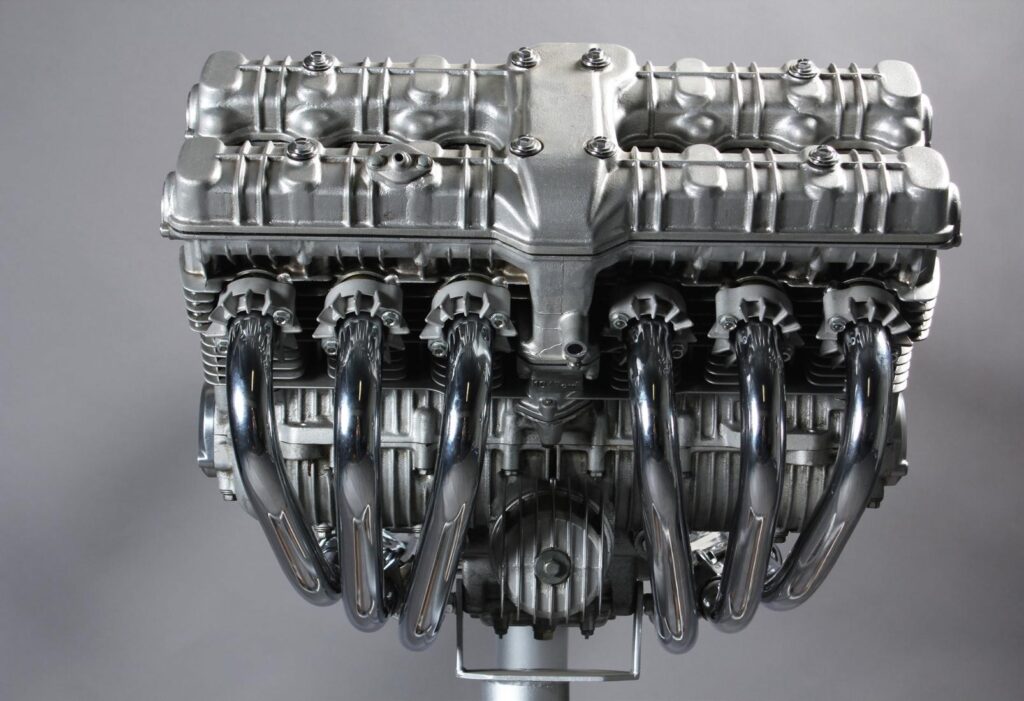
While the inline-6 engine was unconventional, the rest of the design was pretty much plain vanilla, following the trends of its time & fitting into the UJM mainstream category pretty well. It had a classic styling with a standard fuel tank, a wide & high handlebar, a round headlamp & a conventional flat seat. The frame was a steel tube structure with conventional telescopic forks at the front with a twin disc setup. 2 shockers did the duties at the back along with a single disc brake.

This incredible machine was inspired by the Honda RC166, a 250cc Grand Prix road racing motorcycle, which won 2 races in 1966 & 1967. It was a 6-cylinder bike too with a monstrous-looking engine & truckloads of power. That’s how the idea of building the 1st 6-cylinder production super-bike began.
The engine took only 1.5 years to develop because the basic concept was already there on the old racing bikes. Both the engines were designed by the same man, then Vice President of Honda: Shoichiro Irimajiri, styling & design were done under the supervision of Norimoto Otsuka.
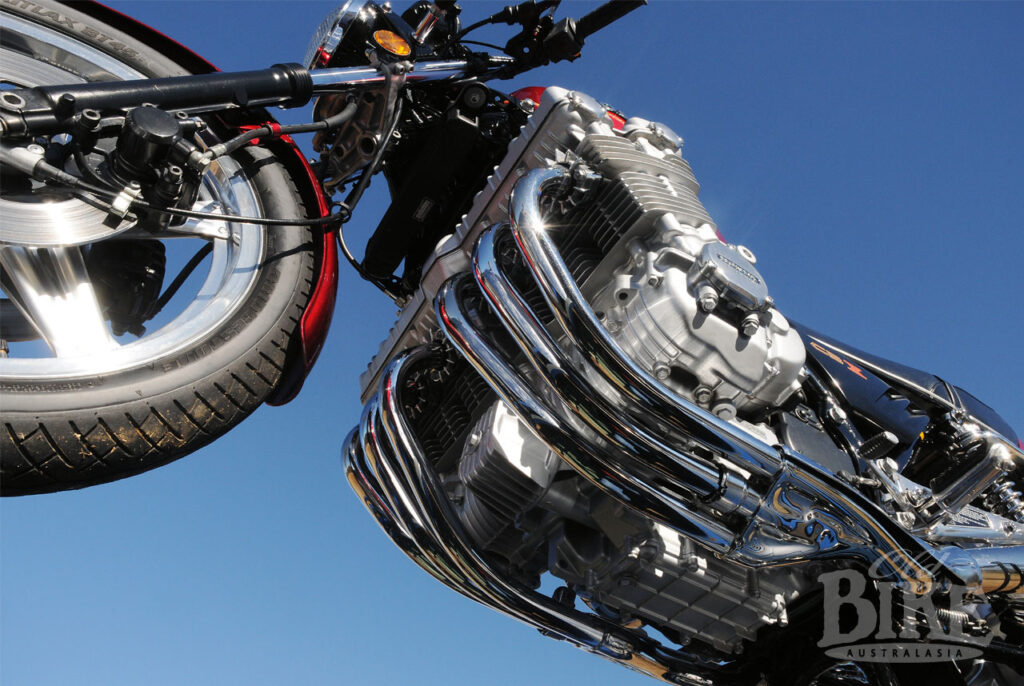
I’m not a fanboy in any way but it pains me deeply to even look at a Honda nowadays. They were the most innovative brand in their prime, at the peak of experimentation, leading the way in terms of trying out new & different things, all while not being afraid in the slightest of offending anyone. They are just a former shell of who they used to be at one point of time in history from the ’70s to the ‘naughties’ (’90s) & even the early 2000s. Whatever ‘good quality stuff’ they were having (if you know what I mean) in those times needs to be brought back ASAP.

Remember the NR500 race bike & NR750 (road-going version of the same)? They had Oval pistons & 8 Valves per cylinder! Yeah, made by the same people who sell the Activa in India, a boring plain-jane 110cc family scooter which lacks any innovation or features that make it stand apart from its peers & has remained more or less the same, unchanged since its inception in 2001.
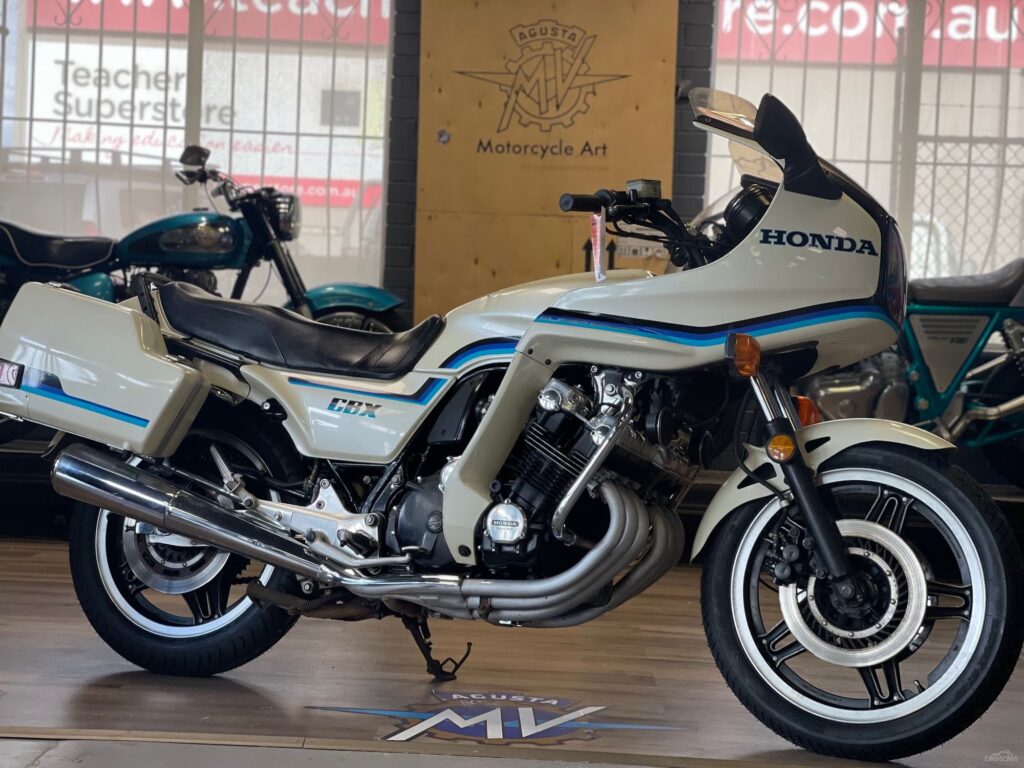
Looking at the CBX1000, there is no doubt that it was a groundbreaking model with a lasting impact on the motorcycle industry. This influence is still evident today, particularly in the 6-cylinder BMW K1600 models.
(adsbygoogle = window.adsbygoogle || []).push({});
